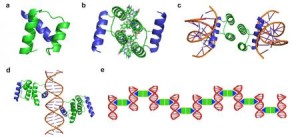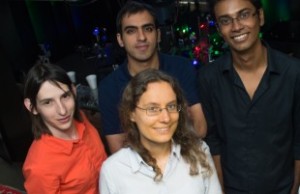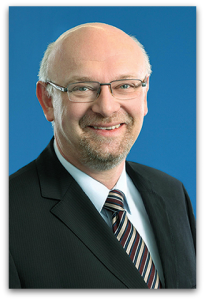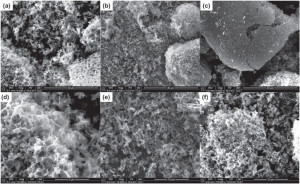 Researchers have developed completely new nanowires by combining synthetic DNA and protein.
Researchers have developed completely new nanowires by combining synthetic DNA and protein.
Through combining these two promising synthetic biological materials to form nanowires, the door to promising applications requiring biomaterials has been opened.
While both synthetic DNA and synthetic protein structures show great potential in the areas of direct delivery of cancer drugs and virus treatment customization, the hybridization of materials provides even more advantages.
“If your material is made up of several different kinds of components, it can have more functionality. For example, protein is very versatile; it can be used for many things, such as protein–protein interactions or as an enzyme to speed up a reaction. And DNA is easily programmed into nanostructures of a variety of sizes and shapes,” said first author of the study, Yun (Kurt) Mou.


![[Click to enlarge]](https://www.electrochem.org/wp-content/uploads/2015/09/JCAP-T1_4-graphics-300x241.jpeg)





![[Click to enlarge]](https://www.electrochem.org/wp-content/uploads/2015/09/post-pic-224x300.png)
![[Click to enlarge]](https://www.electrochem.org/wp-content/uploads/2015/09/post-pic-2-224x300.png)
